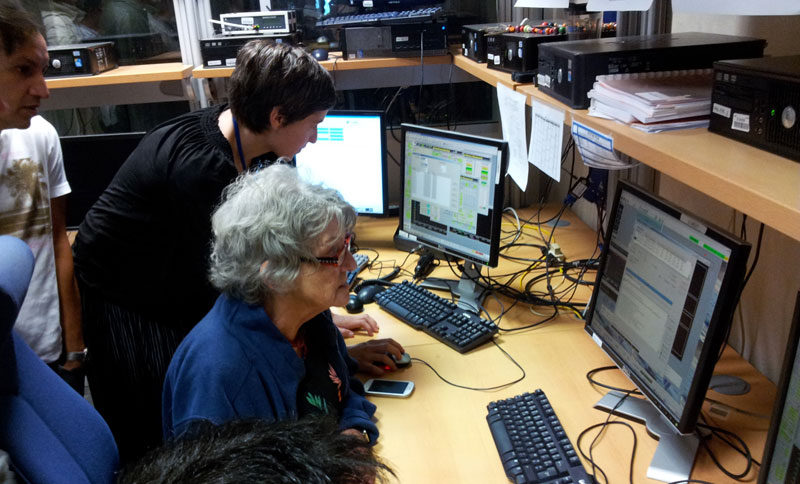
Launched on December 27th 2006, the CoRoT satellite is at the end of its mission. After furnishing data for over 7 years, and having spent 2729 days in space, the satellite received its last telecommand on the 17th of June at 10h27, and stopped transmitting on that very day at 16h16 .
Starting early June 2014, its altitude was gradually lowered, its batteries were emptied and, on the morning of June 18th 2014, its solar panels were disconneted.
During its six years of data acquisition, CoRoT has observed :
- 158 bright stars
- 163 682 dimmer stars for periods ranging fromm 22 to 153 days.
These observations have already resulted in over 1 000 publications.
Over and above the original scientific objectives of the mission, which have been attained – the detection of stellar oscillations and the detection of small planets - CoRoT has produced unexpected results, such as the possibility of probing our galaxy with the help of the oscillations of red giant stars.
The scientific interpretation of this data continues … and this will take several tens of years. At present, scientists are carefully archiving the data, for the use of the international scientific community.
After CoRoT
While CoRoT’s heritage is huge, i twill have many successors. To quote just one of the more prominent ones, the PLATO satellite will consiste of 34 telescopes covering a wide field which will enable the instrument to observe a very large number of bright stars.
The mission’s scientific objective will be to detect, via planetary transits, rocky planets in the habitable zone and, at the same time, via sismology, to determine the characteristics of their host stars.

Scientific Contributions
The CoRoT satellite was the fruit of a French initiative. It was built under the management of the CNES with the scientific leadership of the Paris Observatory, via its laboratory for space studies and astrophysical instrumentation – the LESIA (CNRS, Paris Observatory, the Pierre and Marie Curie University, the Denis Diderot University) with contributions from many French CNRS and foreign astrophysics laboratories : the Marseille laboratory for astrophysics (CNRS, Aix-Marseille 1 University, the Marseille Provence Astronomical Observatory), the Orsay Institute for Space Astrophytsics (CNRS, Paris-Sud 11 University) and the Toulouse Midi Pyrénées Observatory (the CNRS-INSU Observatory for the science of the Universe, and the Paul Sabatier University). There is also a considerable European participation in the project (from Germany, Austria, Belgium, ESA and Spain) as well as from Brazil.
